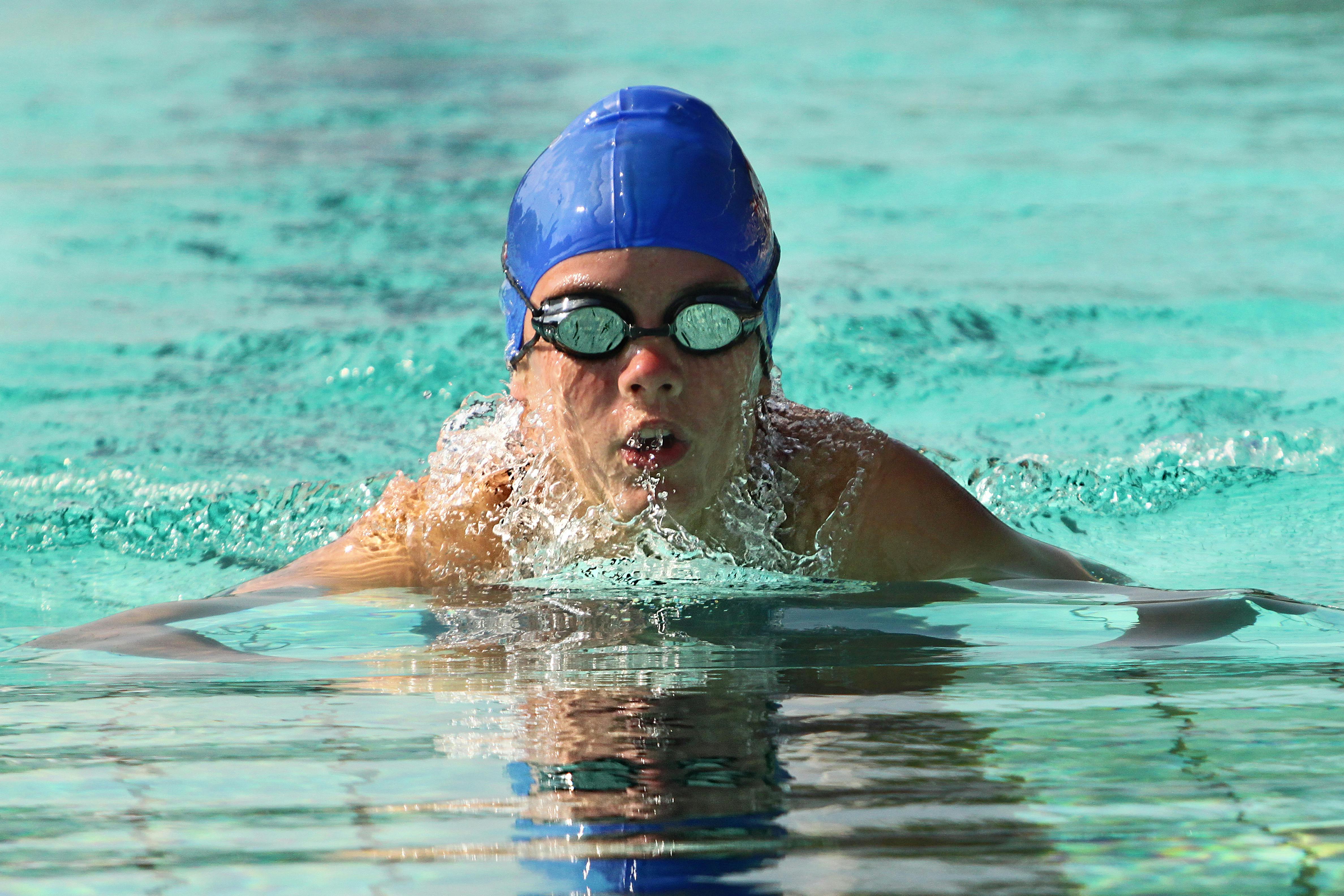Periodizing Aquatic Training for Sustainable Performance Gains
Periodized aquatic training organizes training load, technique work, and recovery across cycles to promote steady improvements in endurance, speed, and stroke efficiency. Applied thoughtfully, periodization helps swimmers manage fatigue, emphasize specific strokes like freestyle or butterfly at the right time, and balance pool sessions with dryland work for long-term gains.

Periodized aquatic training organizes training load, technique work, and recovery across cycles to promote steady improvements in endurance, speed, and stroke efficiency. Applied thoughtfully, periodization helps swimmers manage fatigue, emphasize specific strokes like freestyle or butterfly at the right time, and balance pool sessions with dryland work for long-term gains.
This article is for informational purposes only and should not be considered medical advice. Please consult a qualified healthcare professional for personalized guidance and treatment.
What is periodization in aquatic training?
Periodization is the planned variation of training intensity, volume, and focus over time. In swimming, it translates to macrocycles (season), mesocycles (blocks of weeks), and microcycles (weekly plans). A periodized approach sequences phases such as base endurance, technique emphasis, speed development, and taper so that athletes peak for target events without chronic overload. The model reduces injury risk, clarifies progression, and provides measurable checkpoints for performance and recovery.
How do strokes shape session design?
Different strokes—freestyle, butterfly, backstroke, and breaststroke—require specific technical and physiological emphases. Freestyle and backstroke sessions often prioritize continuous aerobic work and rhythm, while butterfly and breaststroke may include more focused technical drills and short, high-intensity sets because of their higher energy cost per meter. Coaches should allocate time within cycles for stroke-specific drills, targeted sets, and transitions between strokes in medley swimmers to build balanced capability across all competitive events.
How does hydrodynamics influence technique?
Hydrodynamics—how the body moves through water—should be central to technique-focused phases. Small gains in body position, entry angle, and pull path reduce drag and improve propulsion. In technique mesocycles, lower overall swim volume and slower tempos can create space for detailed feedback, video analysis, and drill progression. Emphasizing streamlining off starts and turns also leverages hydrodynamic principles; cumulative improvements here support measurable speed gains when higher-intensity training resumes.
How to structure load, endurance, and speed phases?
A common sequence begins with a base endurance phase to build aerobic capacity, followed by a strength and speed phase where load is shifted toward intensity and power. Load should increase progressively, using metrics like distance, interval intensity, and perceived exertion to guide progression. Endurance sets increase mitochondrial density and efficiency, while targeted speed sets (short sprints, resisted swims) develop fast-twitch recruitment and turnover. Plan recovery microcycles every 3–4 weeks to allow supercompensation and adaptation.
How should recovery, nutrition, and taper be managed?
Recovery is a planned variable equal in importance to training load. Active recovery swims, sleep, and nutrition support adaptation: carbohydrate and protein timing, fluid replacement, and micronutrient-rich meals aid repair and glycogen replenishment. Tapering reduces volume while keeping some intensity to sharpen neuromuscular function before major events. Typical tapers range from several days to three weeks depending on athlete level and event distance. Monitoring subjective fatigue, resting heart rate, and session quality can guide taper length and intensity.
What roles do dryland and testing play?
Dryland training complements pool work by targeting strength, mobility, and injury prevention. Progressive resistance, plyometrics, and core stability exercises enhance power transfer to the water, while mobility work protects shoulders and hips. Regular performance testing—time trials, stroke-rate assessments, and lactate or threshold testing where available—helps calibrate periodization. Use test data to refine subsequent mesocycles and to validate whether load, recovery, and technique interventions are producing the intended adaptations.
Conclusion
Effective periodization for aquatic training blends technical refinement, hydrodynamic improvements, intelligently increasing load, and planned recovery to create sustainable progress. By sequencing base endurance, technique-focused work, strength and speed phases, and an appropriate taper, swimmers can improve stroke efficiency across freestyle, butterfly, backstroke, and breaststroke while managing fatigue and reducing injury risk. Continuous monitoring and adjustments based on testing, athlete feedback, and nutrition help maintain steady, long-term gains.






